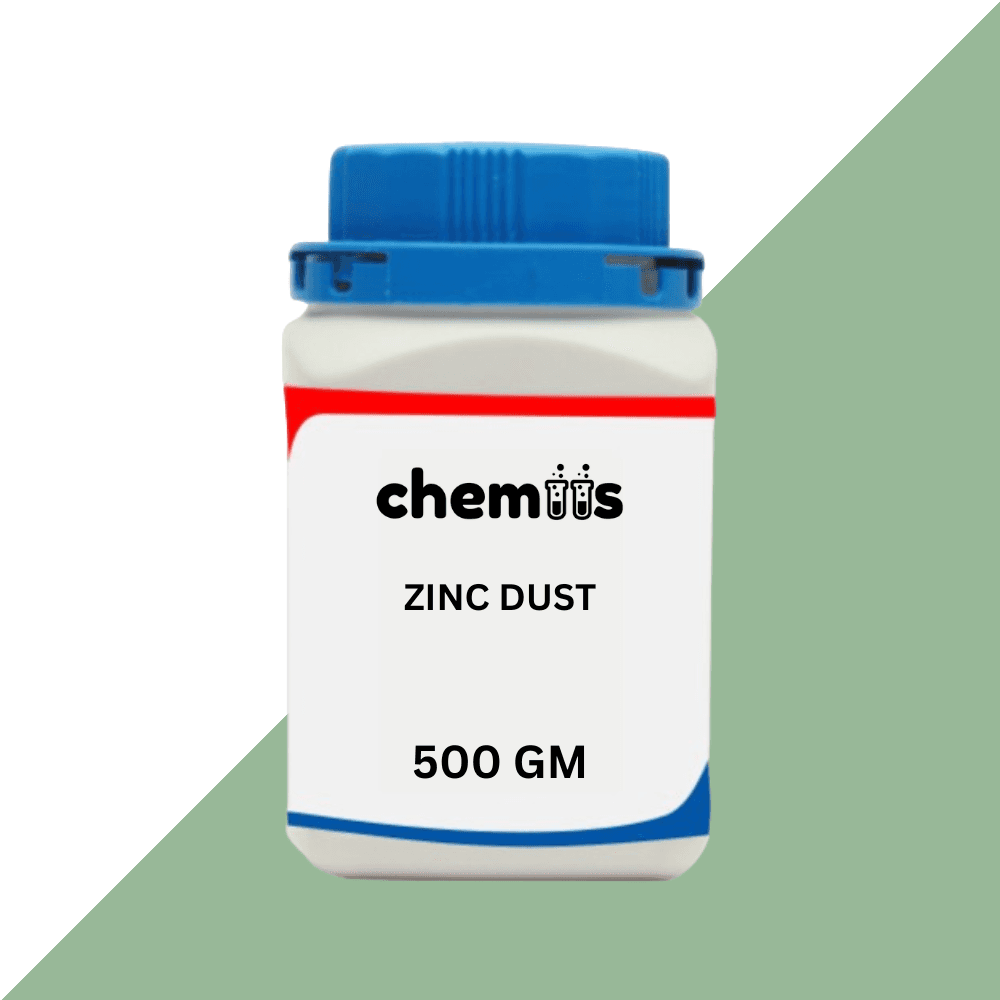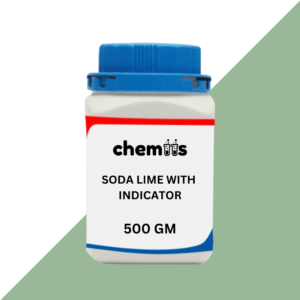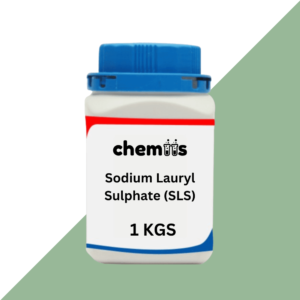Zinc Dust is a fine, powdered form of zinc, typically produced through the condensation of zinc vapor during its distillation. It is highly reactive and has a wide range of industrial applications, particularly in corrosion protection, chemical synthesis, and manufacturing. Zinc Dust is used extensively in coatings, batteries, and as a reducing agent in various chemical reactions. Given its fine particle size and reactivity, proper handling and safety measures are essential when working with Zinc Dust.
Applications of Zinc Dust
1. Corrosion Control
- Galvanizing:
Zinc Dust is widely used in the galvanizing process to protect metals, particularly steel, from corrosion. It is applied as part of a zinc-rich coating, which provides excellent resistance to rust and corrosion. - Anti-corrosion Coatings:
It is a key component in anti-corrosion coatings, particularly in environments exposed to extreme conditions, such as in marine, industrial, and construction applications. - Zinc-rich Paints:
Zinc Dust is incorporated into paints and coatings to protect metal surfaces from rust, particularly in the automotive, aerospace, and marine industries.
2. Chemical Industry
- Reducing Agent:
Zinc Dust is used as a reducing agent in chemical reactions. It is particularly effective in the reduction of organic and inorganic compounds, such as in the production of pharmaceuticals, dyes, and specialty chemicals. - Production of Zinc Chemicals:
Zinc Dust is also used in the manufacture of other zinc-based chemicals, including zinc oxide and zinc sulfate.
3. Battery Manufacturing
- Dry Cell Batteries:
Zinc Dust is a key component in the production of dry cell batteries, where it serves as an electrode material. Its reactivity helps in the energy production process within batteries.
4. Pyrotechnics
- Fireworks and Explosives:
Zinc Dust is sometimes used in pyrotechnics and fireworks to create special effects due to its high reactivity and ability to generate heat when ignited.
5. Metal Alloy Production
- Zinc Alloys:
Zinc Dust can be used in the production of zinc alloys, which are then utilized in various applications, such as die-casting and the manufacturing of automotive parts.
Safety and Handling Guidelines
1. Hazards and Precautions
- Health Hazards:
Zinc Dust can be harmful if inhaled or ingested. Prolonged or excessive exposure to the dust may cause respiratory issues, including metal fume fever, which can lead to flu-like symptoms.- Inhalation:
Inhaling Zinc Dust may cause irritation to the respiratory tract and lead to conditions like coughing, wheezing, and shortness of breath. Prolonged exposure can lead to metal fume fever. - Skin and Eye Irritation:
Direct contact with Zinc Dust can cause skin irritation, and exposure to the eyes may cause irritation or damage.
- Inhalation:
- Environmental Risks:
Zinc Dust is harmful to aquatic life and can cause environmental damage if released into water bodies. It must be handled and disposed of with care to prevent contamination.
2. Personal Protective Equipment (PPE)
- Respiratory Protection:
Use a NIOSH-approved respirator with P100 filters when handling Zinc Dust in dusty environments or when using large quantities. - Eye Protection:
Always wear safety goggles or a face shield to protect the eyes from irritation or injury from dust particles. - Skin Protection:
Wear gloves, protective clothing, and boots to prevent skin contact with Zinc Dust. - Ventilation:
Ensure proper ventilation in areas where Zinc Dust is used to avoid the buildup of dust in the air.
3. Storage Instructions
- Storage Conditions:
Store Zinc Dust in tightly sealed containers in a cool, dry, and well-ventilated area. Keep containers away from heat, sparks, and open flames. Avoid storing Zinc Dust near any oxidizing agents. - Incompatibilities:
Zinc Dust is highly reactive and should not be stored with strong oxidizers, acids, or reactive chemicals to avoid hazardous reactions.
4. Spill and Cleanup
- Small Spills:
Sweep up the dust carefully using a dampened cloth or sponge. Avoid using methods that may generate dust. Dispose of the material in a sealed container for proper disposal. - Large Spills:
In case of large spills, isolate the area, ensure proper ventilation, and wear full protective equipment. Carefully collect the dust using non-sparking tools, and store the material in a secure, labeled container for proper disposal.
5. First Aid Measures
- Inhalation:
Remove the affected person to fresh air immediately. Seek medical attention if symptoms such as difficulty breathing persist. - Skin Contact:
Wash affected skin areas thoroughly with soap and water. If irritation continues, seek medical attention. - Eye Contact:
Flush eyes with plenty of water for at least 15 minutes. If irritation persists, seek medical attention. - Ingestion:
Do not induce vomiting unless instructed by a medical professional. If the person is conscious, rinse the mouth with water and seek immediate medical attention.








Namrata Bansode (verified owner) –
Worth every rupee.
Ananya Joshi (verified owner) –
Fast response to queries.
Atul Chauhan (verified owner) –
Reliable chemical supplier.
Priya Sharma (verified owner) –
Everything went smoothly.
Divya Raut (verified owner) –
Smooth ordering process.
Jyoti Sharma (verified owner) –
Clean and clear instructions.
Amarjeet Singh (verified owner) –
Will recommend to others.
Avni Kapoor (verified owner) –
Bulk order handled perfectly.
Kusum Lata (verified owner) –
Good quantity at good price.
Yash Chatterjee (verified owner) –
Reliable supplier.